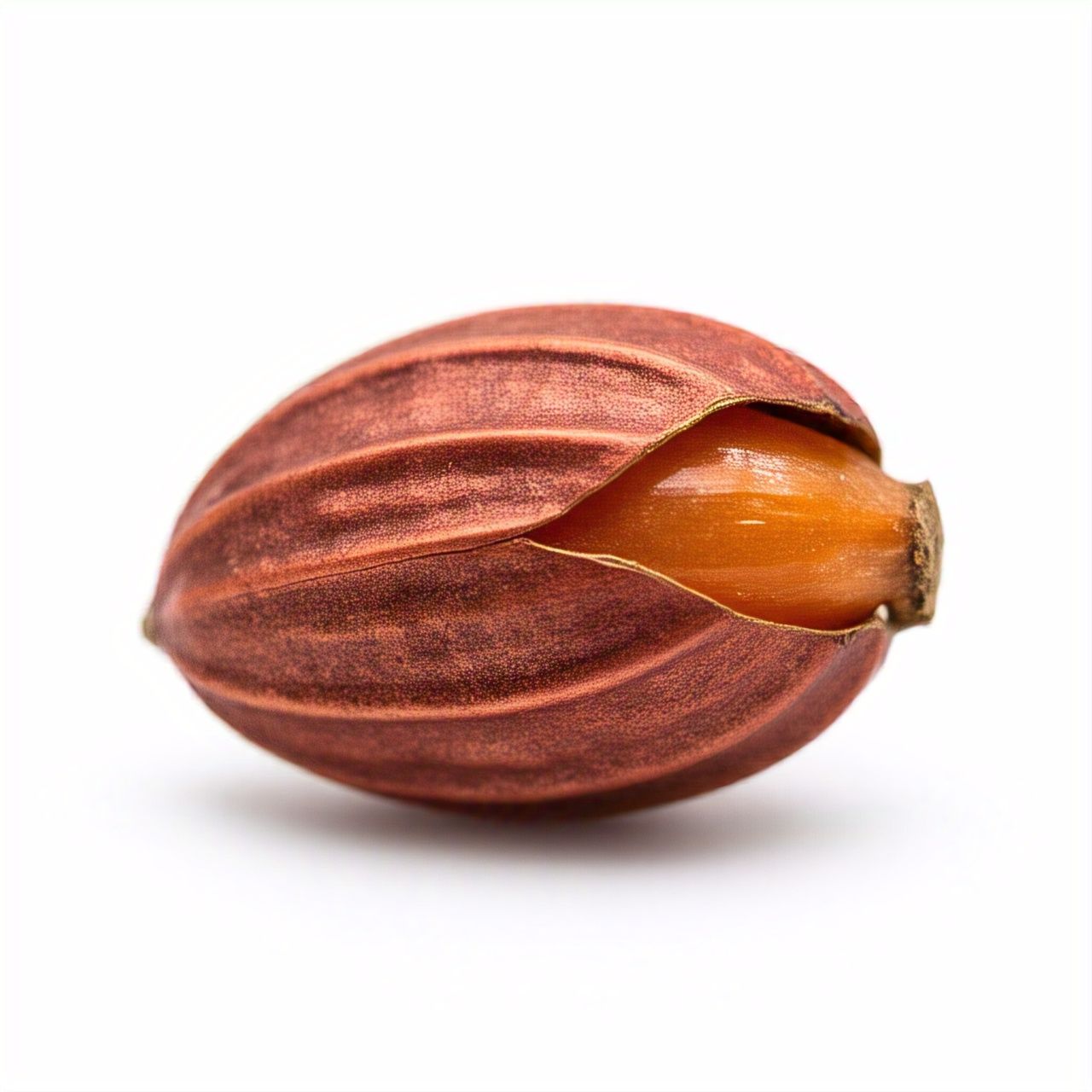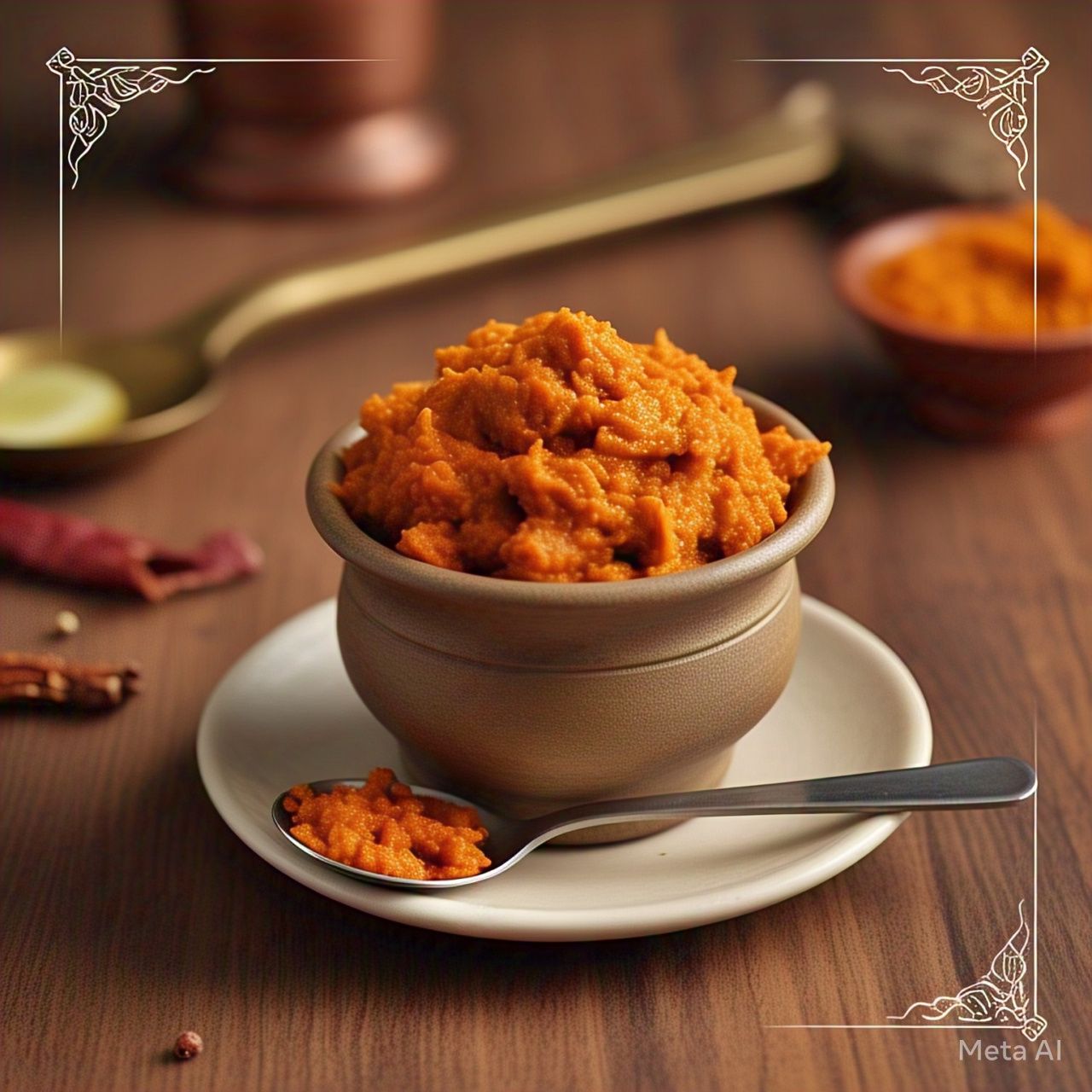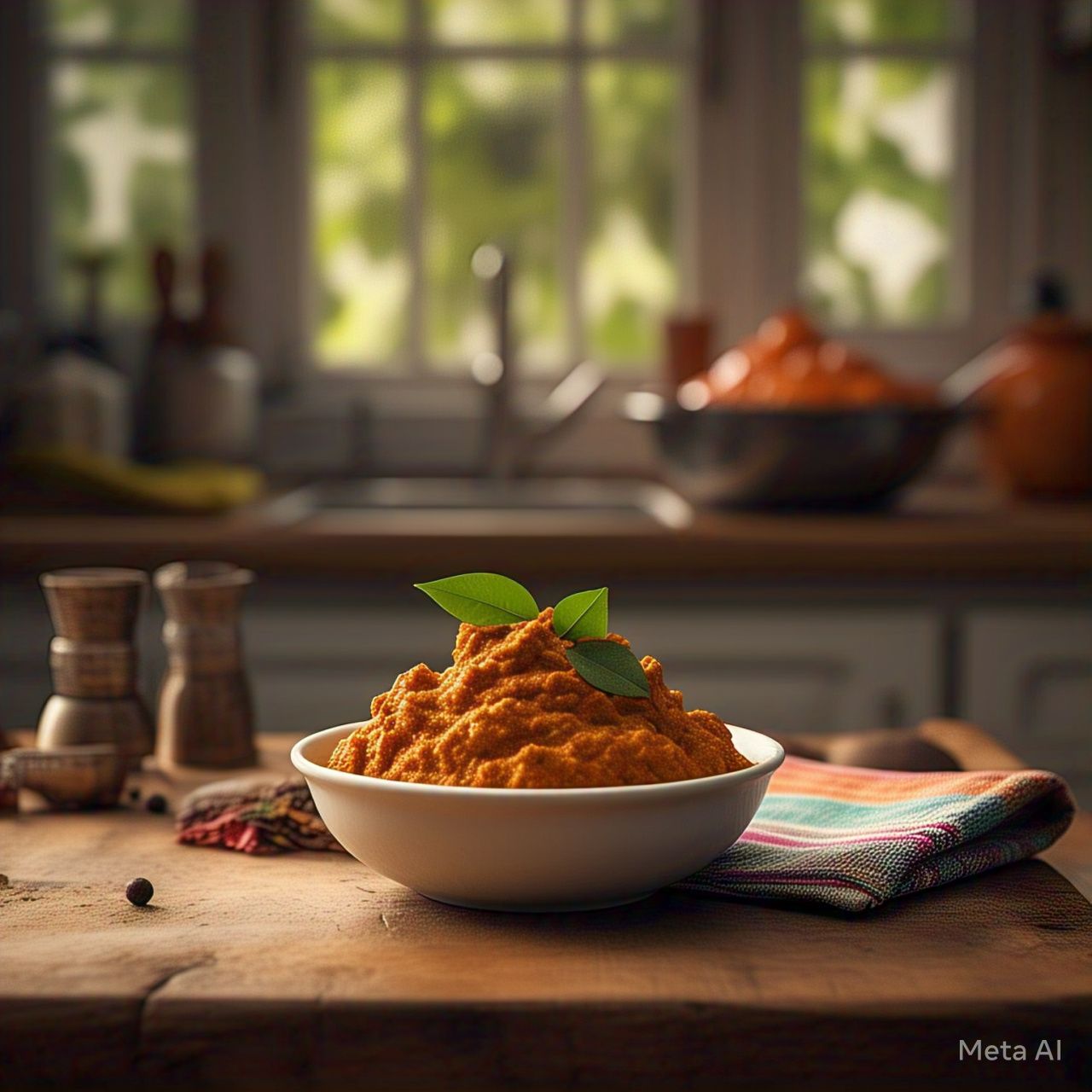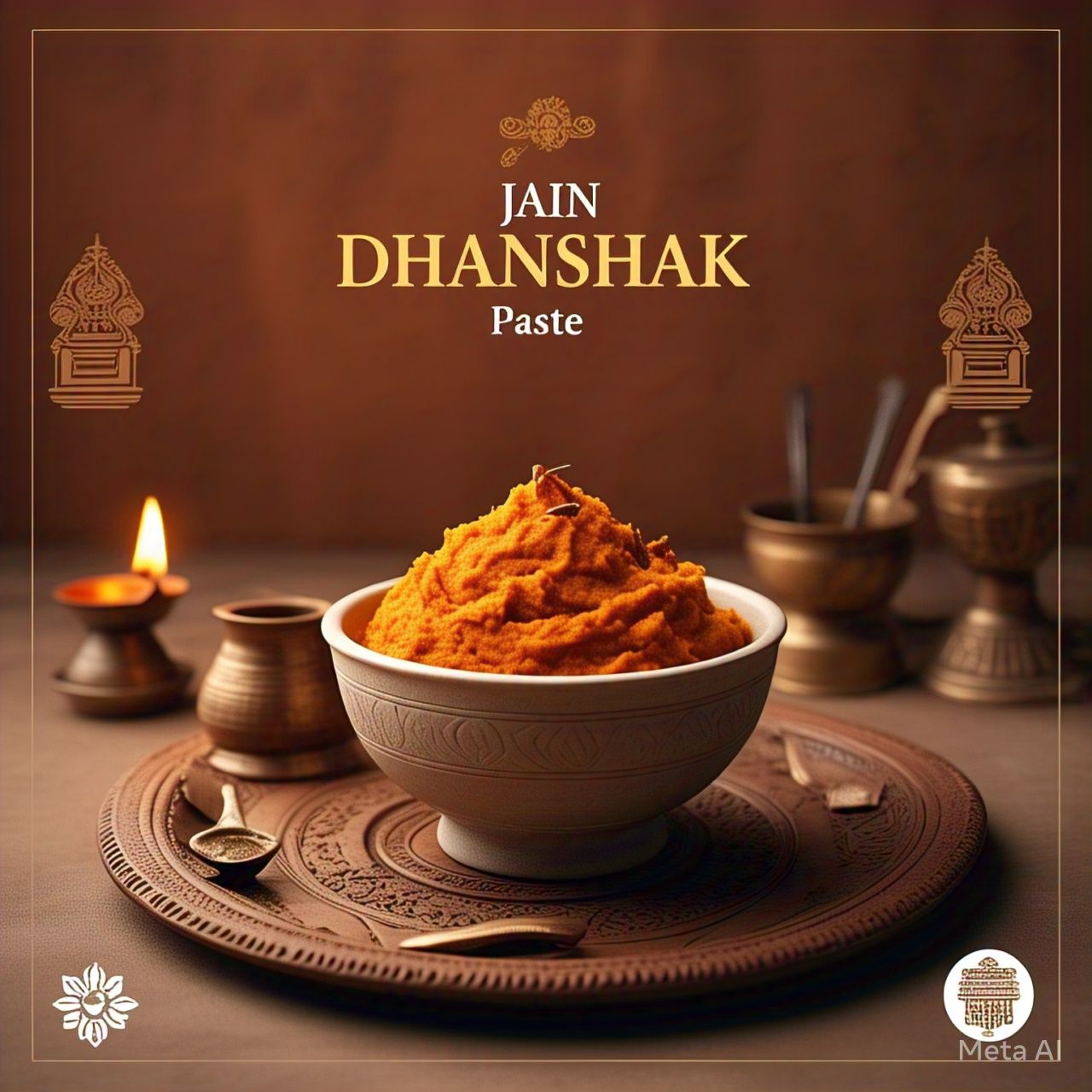Mace is one of the most unique and aromatic spices you can find, often overshadowed by its more famous counterpart, nutmeg. However, mace offers its own distinct flavor profile and numerous health benefits. In this comprehensive guide, we’ll explore the different uses of mace, its advantages, and how you can incorporate it into your cooking. Whether you're a seasoned chef or a beginner, mace can add a flavorful twist to your dishes!
What is Mace?
Mace is the dried, lacy covering (aril) that surrounds the seed of the nutmeg fruit. While nutmeg and mace come from the same tree, Myristica fragrans, the two spices have distinct flavors and uses.
Key Characteristics of Mace:
- Color: Mace is a reddish-orange spice that is usually sold in dried form as lacy pieces or ground powder.
- Flavor: Mace has a milder, more delicate flavor than nutmeg, with hints of pepper and a slightly sweet, floral taste.
- Aroma: It offers a warm, slightly spicy aroma, which enhances both sweet and savory dishes.
Health Benefits of Mace
Mace isn’t just a flavor enhancer; it also boasts numerous health benefits:
1. Digestive Aid
- Mace can stimulate the digestive system, promoting healthy digestion and reducing bloating.
- Contains compounds that relieve indigestion, flatulence, and stomach cramps.
2. Rich in Antioxidants
- Mace is loaded with antioxidants that help neutralize free radicals and reduce oxidative stress in the body.
3. Anti-inflammatory Properties
- Mace contains compounds that may reduce inflammation, making it helpful for conditions like arthritis.
4. Pain Relief
- Known to have mild analgesic properties, mace can help relieve minor aches and pains when consumed.
5. Improved Cognitive Function
- Some studies suggest that mace may help improve memory and mental clarity, making it beneficial for brain health.
6. Detoxification
- Mace has mild detoxifying effects, promoting the elimination of toxins from the body.
How to Use Mace in Cooking
Mace’s delicate flavor makes it an ideal addition to both savory and sweet dishes. Here are some practical ways to use mace in your kitchen:
Mace Cooking Tips:
- Use Whole Mace: If you have whole pieces of mace, crush them with a mortar and pestle to release the full flavor before adding them to your dish.
- Pairing: Mace pairs beautifully with cinnamon, cloves, nutmeg, and cardamom in baked goods. In savory dishes, it complements meats, rice, and creamy sauces.
- Start Small: Mace has a strong flavor, so begin with small amounts and adjust to taste.
Popular Mace Recipes:
- Baked Goods: Mace is often used in cakes, cookies, and pies, particularly in spice cakes and holiday treats.
- Curries: Add a pinch of mace to curries and stews to enhance the complexity of the dish.
- Rice Pilaf: Sprinkle mace over rice pilaf or biryani for an aromatic twist.
- Drinks: Mace can be used to flavor mulled wine, cider, and even hot chocolate.
Mace vs. Nutmeg: What’s the Difference?
While mace and nutmeg come from the same fruit, they have distinct differences in flavor and culinary use:
| Feature | Mace | Nutmeg |
|---|---|---|
| Flavor | Milder, slightly sweet and floral | Stronger, spicier, and woodsy |
| Texture | Lacy and delicate | Solid seed, ground powder |
| Color | Red to orange | Brown to tan |
| Aroma | Warm and slightly peppery | Rich, warm, and woody |
| Culinary Uses | Best in savory and baked goods | Common in desserts, curries, and drinks |
When to Choose Mace:
- For a milder flavor in desserts or beverages.
- When you want to create a delicate aroma in savory dishes.
- If you are preparing traditional holiday recipes like spiced cakes or cookies.
Seasonal and Holiday Favorites with Mace
Mace is a seasonal spice often used in fall and winter recipes due to its warm, comforting aroma. Here are a few seasonal favorites:
1. Spiced Holiday Cakes: Mace is a key ingredient in spice cakes and gingerbread cookies, adding a warm, floral note to your holiday treats.
2. Mulled Wine and Cider: Add a dash of mace to your holiday beverages for an extra layer of flavor.
3. Pumpkin Pies: Mace can be used in pumpkin pie or other fall desserts, giving them a unique twist.
4. Winter Curries: Incorporate mace into rich, creamy curries for a fragrant, spicy depth of flavor.
The Environmental Impact of Food Waste: How Mace Contributes to Sustainability
Food waste has a significant environmental impact, and spices like mace are no exception. Here are a few points to consider:
- Production of Mace: Mace is harvested from the nutmeg tree, which takes several years to mature. Wasting mace means that the resources required to grow and harvest it are lost.
- Sustainability: Mace is often grown in tropical regions, and sustainable harvesting practices help protect these ecosystems. Reducing food waste ensures that these precious resources are used efficiently.
- Proper Storage: To avoid wasting mace, store it in a cool, dry place in an airtight container to preserve its freshness for months.
FAQs About Mace
What’s the best way to store mace?
Store whole mace in an airtight container in a cool, dark place. Ground mace should be kept in a sealed jar, away from heat and sunlight, to maintain its flavor.
Can mace be used in both sweet and savory dishes?
Yes! Mace’s unique flavor makes it a versatile spice for both sweet desserts like cakes and pies, as well as savory dishes like stews, curries, and rice pilaf.
How much mace should I use in a recipe?
Mace is potent, so start with small amounts (1/4 to 1/2 teaspoon) and adjust to taste. For whole mace, one or two pieces can be enough.
Key Takeaways
- Mace is a flavorful spice that adds complexity to both sweet and savory dishes.
- It offers numerous health benefits, including digestive support, antioxidants, and pain relief.
- Mace is an excellent addition to holiday recipes, especially in baked goods and mulled drinks.
- Proper storage and mindful usage help reduce food waste and preserve mace’s unique qualities.
- When compared to nutmeg, mace offers a milder flavor, making it ideal for delicate recipes.
Conclusion: Why You Should Add Mace to Your Spice Collection
Mace is more than just a culinary spice—it’s an aromatic delight with numerous health benefits. Whether you’re baking your favorite holiday treats, creating a flavorful curry, or crafting a warm winter beverage, mace can elevate your dishes to new heights. Its versatility and mild, delicate flavor make it a must-have in any kitchen.
Call to Action: Ready to experience the warmth and depth of mace in your cooking? Explore our collection of premium mace and start creating your next culinary masterpiece today!





Share:
Cobra Saffron: The King of Spices
The Ultimate Guide to Stone Flower: Benefits, Uses, and Cooking Tips